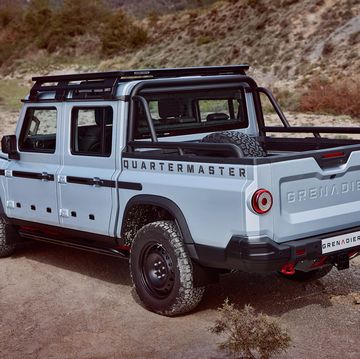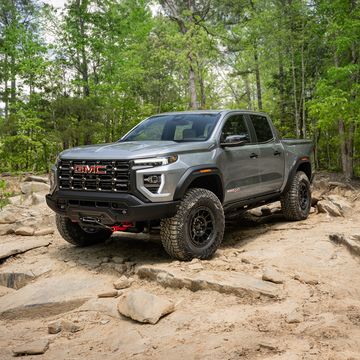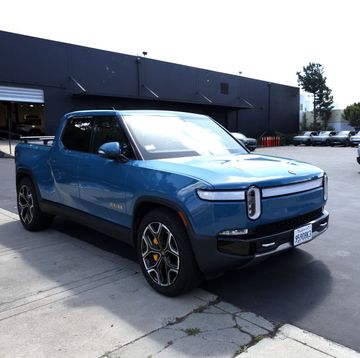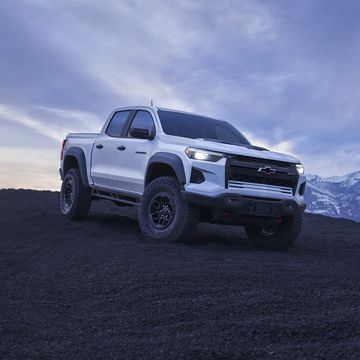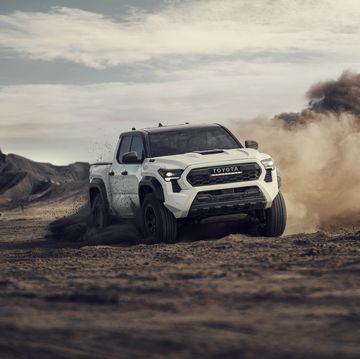- Rivian produced 13,992 vehicles in the second quarter of 2023 while delivering 12,640, significantly surpassing first quarter results.
- The EV maker plans to complete 50,000 vehicles this year, after barely missing its 2022 goal of 25,000 vehicles.
- Rivian's last-mile delivery vehicles has been in production for a year at this point, but the EV maker now faces competition in the pickup category.
Rivian got off to a shaky start this year, amid EV industry chatter of a slowdown in demand for almost all models. The EV maker, which had been building cars at its Normal, Illinois, plant since September 2021, endured an eventful 2022 marked by supply chain challenges as well as drastic jumps in the cost of raw materials.
Still, heading into 2023 the automaker issued a forecast of 50,000 vehicles to be completed in the calendar year. In the first quarter Rivian managed to build 9395 vehicles while delivering just 7946, indicating that it would have to play catch up for the rest of the year.
Now its second quarter results are in, with Rivian beating expectations with 13,992 vehicles produced and 12,640 delivered. That's a 37% gain in deliveries alone, with the EV maker managing to surpass the quarterly average needed to hit the 50,000 unit mark by the end of the year. Helping these numbers is its third vehicle—the delivery van for Amazon—production of which began this time a year ago.
By comparison, in 2022 Rivian produced 24,337 vehicles, barely missing its self-imposed target of 25,000 EVs.
Even though Rivian appears to have managed to right the ship at last, there are still plenty of challenges ahead.
For one thing, Rivian started 2022 being the sole mass-market producer of electric trucks, if we discount GMC's Hummer EV. In 2023 that's far from the case, with Rivian now facing competition from its one-time financial backer Ford, which enjoyed a spectacular start of F-150 EV sales. Rivian now also faces far more competition in the luxury and premium electric SUV segment, with Mercedes-Benz and BMW fielding more or less direct challengers to its R1S.
The EV maker also keeps burning through cash at a prodigious rate, posting a net loss of $1.35 billion in the first quarter of 2023. That number was actually down from $1.59 billion a year prior, but the main point is that Rivian posts a net loss of just over a billion dollars each quarter while sitting on reserves of about $11 billion. This buys the company at least a couple of years of operations, but at some point the net losses will have to be reversed.
Speaking of that timeframe, three years in the future to be exact, that's when Rivian plans to begin R2 production, with the smaller SUV and truck duo aimed at a lower price point. Of course, by that time Rivian will have even more competitors in these two segments and others.
After all, the Tesla Cybertruck will (most likely) be on sale by 2026.
Will Rivian be able to fend off more established automakers in the long run, or will the EV maker gradually lose its uniqueness in the marketplace as more electric competitors arrive? Let us know what you think.

Jay Ramey grew up around very strange European cars, and instead of seeking out something reliable and comfortable for his own personal use he has been drawn to the more adventurous side of the dependability spectrum. Despite being followed around by French cars for the past decade, he has somehow been able to avoid Citroën ownership, judging them too commonplace, and is currently looking at cars from the former Czechoslovakia. Jay has been with Autoweek since 2013.


